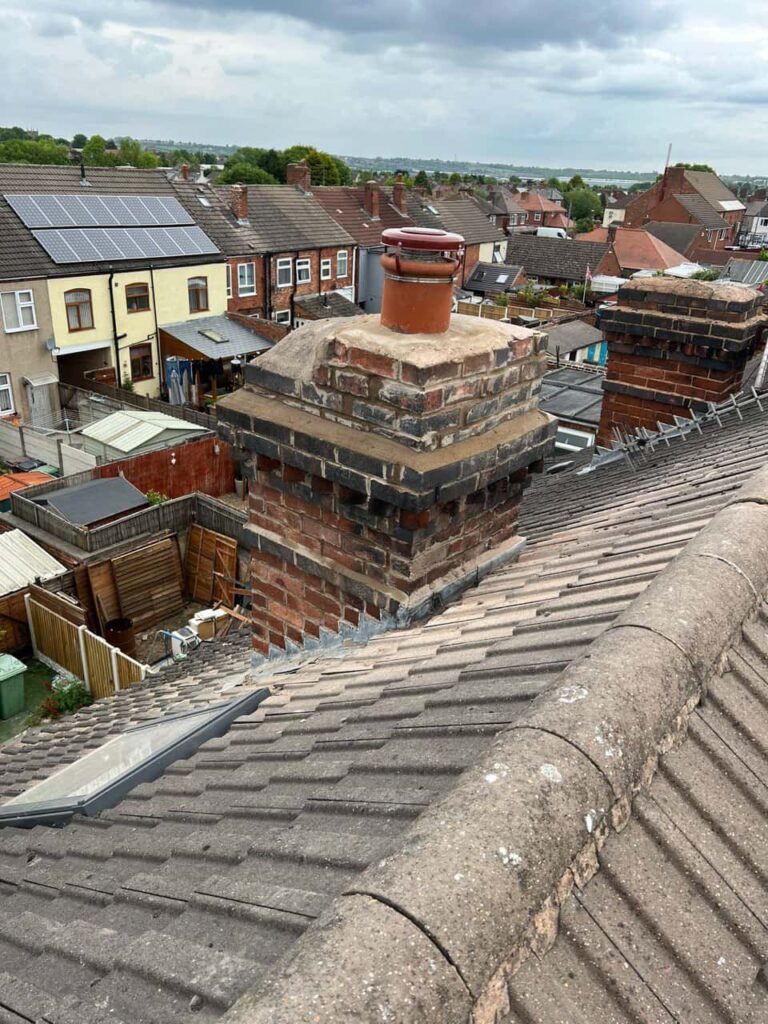Introduction
When homeowners in Grove and across Oxfordshire think of roofing options for their home, traditional materials like slate, tile, and felt often come to mind first. While these systems have earned their place over time, one option that remains significantly underused — yet highly effective — is liquid roofing. Often seen as a commercial-only solution, liquid-applied roofing systems are now proving their worth in domestic builds, offering versatility, durability, and seamless waterproofing that rivals or surpasses many traditional alternatives.
At LJ Roofing Grove, we believe liquid roofing deserves far more recognition in the residential sector. If you’re building a new extension, renovating a garage roof, or replacing an older flat roofing system, it may be time to reconsider your assumptions and explore the real-world benefits of this modern solution.
What Is Liquid Roofing?
A modern method with big potential
Liquid roofing involves applying a liquid membrane directly onto the roof surface. Once cured, it forms a seamless, waterproof layer that bonds to the substrate. It’s particularly effective on flat and low-pitched roofs, but can also be adapted for more complex shapes or hard-to-reach areas.
This cold-applied method avoids the need for heat or open flames, making it safer and more flexible during installation. Despite its growing use in commercial buildings, many homeowners remain unaware of how well-suited it is for domestic applications.
Why It’s Overlooked in Residential Roofing
Perception lag and lack of awareness
One of the main reasons liquid roofing remains underused in domestic settings is due to perception. Many still associate it with large-scale industrial buildings or assume it’s too technical for smaller residential jobs.
Common misconceptions include:
- It’s only for commercial buildings
- It’s not as durable as felt or rubber
- It’s too expensive or specialist for homes
- It’s difficult to maintain or repair
The reality is quite different. At LJ Roofing Grove, we routinely apply liquid roofing systems to residential garages, extensions, porches, and balconies — with outstanding results in terms of performance, longevity, and appearance.
Key Benefits of Liquid Roofing for Domestic Builds
Seamless performance, right at home
Liquid roofing is particularly beneficial for residential properties, offering several features that solve common problems associated with flat roofs and awkward junctions.
Why homeowners should consider it:
- Seamless waterproofing: No joins or seams where water can creep in
- Adaptable installation: Ideal for irregular or complex roof shapes
- Fast application: Quicker installation compared to some traditional systems
- Flexible and durable: Expands and contracts with seasonal changes
- Low maintenance: Easy to clean, resistant to moss and algae
It’s also suitable for overlaying existing surfaces, reducing waste and minimising disruption — a practical advantage for homeowners who want efficient, cost-effective results.
Perfect for Extensions, Garages, and More
Designed to suit modern homes
Modern domestic architecture increasingly includes flat-roofed extensions, single-storey additions, or green roofs — all of which can benefit from liquid roofing. In Grove, where many properties blend traditional character with contemporary upgrades, liquid roofing provides a sleek, unobtrusive finish that doesn’t compromise on performance.
Typical residential applications:
- Rear kitchen or living room extensions
- Flat-roofed garage conversions
- Dormer windows or bay roofs
- Balconies and terraces
- Utility rooms or covered porches
At LJ Roofing Grove, we often recommend liquid roofing for new builds or retrofits where long-term waterproofing, fast installation, and minimal maintenance are priorities.
Environmentally Conscious and Future-Proof
A smart choice for sustainable homes
Liquid roofing systems often come with impressive environmental credentials. Many are solvent-free or low-VOC (volatile organic compounds), contributing to healthier home environments and reduced ecological impact.
Additionally, because the systems are durable and can be recoated after many years, they offer a longer lifecycle with less need for full replacement — a key consideration for those investing in sustainable, low-waste solutions.
Eco benefits of liquid roofing:
- Reduces waste from old roof tear-offs
- Many systems are recyclable or re-coatable
- Supports green roof and solar panel installations
Conclusion
Liquid roofing is an unsung hero in the world of domestic roofing — a solution that brings modern benefits to homeowners looking for performance, efficiency, and peace of mind. Although it’s often overlooked in favour of more traditional materials, it offers an unmatched combination of versatility, durability, and seamless protection.
At LJ Roofing Grove, we believe in bringing the best solutions to our clients across Oxfordshire, and liquid roofing consistently proves its value on homes of all shapes and sizes. Whether you’re planning a new extension or replacing a worn-out garage roof, consider the advantages of this modern alternative.
For expert advice and high-quality application, contact LJ Roofing Grove and discover how liquid roofing can be the perfect fit for your home — even if it’s the option you didn’t know you needed.
Call us on: 01235 617 998
Click here to find out more about LJ Roofing Grove
Click here to complete our contact form and see how we can help with your roofing needs.

